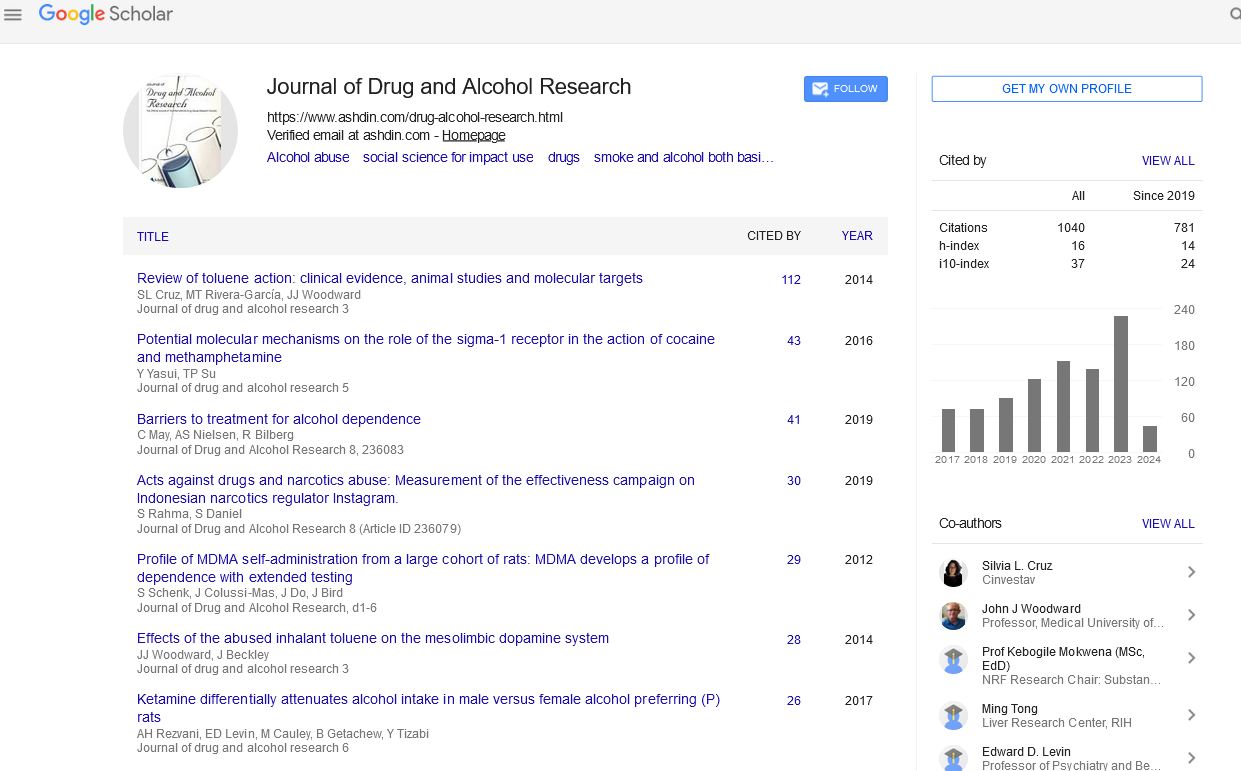Type 2 Diabetes Mellitus: Understanding the Role of Inflammation and Oxidative Stress in Disease Progression
Author(s): Anastasia V. Poznyak*, Vasily N. Sukhorukov, Elizaveta Romanovna Korchagina, Olga Nikolaevna Maltseva, Vsevolod Vyacheslavovich Pavshintsev and Alexander N. Orekhov
Abstract
Obesity has become a global epidemic, affecting approximately one third of the world’s population and serving as a primary risk factor for Type 2 Diabetes (T2D) and related metabolic disorders. This review examines the intricate relationship between obesity, inflammation, and insulin resistance, highlighting White Adipose Tissue (WAT) as a crucial player in this process. Elevated body fat triggers a low-grade, chronic in f lammatory response characterized by the recruitment and activation of pro-inflammatory macrophages, leading to the release of cytokines like TNF-α and IL-6, which disrupt insulin signaling and promote systemic inflammation. We explore the role of various immune cells in adipose tissue, the phenotypic switching of macrophages from anti-inflamma tory to pro-inflammatory states, and the resultant impact on metabolic health. Additionally, we discuss emerging therapeutic strategies tar geting inflammatory pathways as potential interventions for managing obesity-related conditions. These include pharmacologic agents like sal salate, TNF-α inhibitors, IL-1β antagonists, and anti-inflammatory prop erties of established diabetes medications such as thiazolidinediones and metformin. By elucidating the mechanisms underlying obesity-induced inflammation and its effects on glucose metabolism, this review aims to inform future research and clinical approaches to mitigate obesity and its associated metabolic complications.


